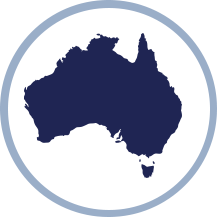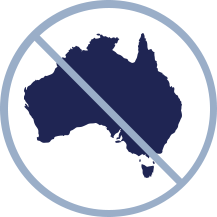With both the global and local situation changing rapidly as the coronavirus spreads, the government has already implemented new changes to support the Australian economy and the large number of businesses and individuals who are being impacted by the spread of COVID-19. On Sunday 22 March 2019 the government introduced measures that they have termed a financial safety net. These measures increase some of the provisions of the previous stimulus package and provide additional financial support for those facing loss of income.
These are unprecedented moves to support Australians and keep the economy going. Financial institutions have also made some major announcements to help ensure that people and businesses can get through this crisis.
Employers
Last week the government announced a refundable offset of 50% of the PAYGW remitted on your March-June activity statements. The offset was set to be a minimum of $2,000 (even if your PAYGW was lower than $4,000 for the March Activity Statement) and a maximum cap of $25,000. The government has now significantly increased this measure.
Eligible employers are those with an annual
turnover of under $50 million. The payment will be made as a credit on the
March and June activity statements. (If you are a monthly activity statement
lodger then the April and May activity statements will also be included).
The credit issued will now be calculated as 100% of the PAYGW (up to $50,000)
for the March to June activity statements.
The minimum payment has now been increased to $10,000 and the maximum payment has been increased to $50,000.
An additional payment will be made in the July-October 2020 period. This payment will be equal to the payment made for the March to June 2020 periods. This means that the minimum total payment will be $20,000 and the maximum payment will be $100,000.
Non-for-profits who employ staff will now also be eligible for this payment.
The reason for this payment is to help employers get through downturns and shutdowns without having to lay off staff. While it won’t be enough to help everyone, it is a chance to get more small businesses and their staff to get through this period of reduced income.
For more information on this see the Treasury’s fact sheet for cash flow assistance for businesses.
Coronavirus Supplement for JobSeekers
Jobseekers (formerly Newstart), both current and new, will now be eligible for the coronavirus supplement of $550 a fortnight for the next six months. See table 1 below for a list of eligible recipients.
Casuals and sole traders who are now earning less than $1,075 a fortnight will also be eligible for the full coronavirus supplement of $550 a fortnight.
To meet the criteria you need to ensure
that you are enrolled for the jobseeker allowance and reporting your
fortnightly income to Centrelink.
To make the coronavirus supplement easier to access the government is expanding
the eligibility and qualification criteria from 27 April 2020, for a period of
six months. Waiting periods and exclusions are also being waived for certain
payments. This will ensure that sole traders meet their mutual obligation
requirements simply by continuing to operate their business. It also ensures
that people who are unable to work due to caring for someone who is infected,
or due to a requirement to be isolated, will be eligible.
For more information see the Treasury fact sheet.
Unemployed, Casuals and Sole Traders: Access to Superannuation
Individuals who have been made redundant due to the coronavirus, as well as casuals or sole traders who have lost income due to coronavirus restrictions may be able to access taxfree lump sums from their superannuation. Individuals who are still working must have lost at least 20% of their income or working hours to be eligible. Eligible recipients can access up to $20,000 of their superannuation, entirely taxfree.
Access to taxfree superannuation lump sums is in two parts. The first lump sum of $10,000 must be withdrawn before 1 July 2020. A second $10,000 can be withdrawn after 1 July 2020. The exact timing of how long an eligible individual will have to apply for the second payment will depend on passing legislation. At this stage it is believed this will be accessible for around three months.
The lump sum withdrawals are taxfree and will not affect Centrelink or Veteran’s Affairs payments. Applications for withdrawal need to be made to the ATO through your myGov account. For more information see the Treasury fact sheet.
For more information see the Treasury fact sheet.
Households: Economic Stimulus Payments
Households who are not eligible for the coronavirus supplement may be eligible for a second $750 stimulus payment. This is in addition to the first $750 previously announced for welfare recipients. See table 1 below for list of eligible recipients for the first and second economic stimulus payments.
This $750 will be paid from July 13 to eligible individuals who receive the age pension, disability pension, carers allowance, family tax benefits, hold a DVA gold card or commonwealth senior card.
For more information see the Treasury fact sheet.
Pensioners
Deeming rates have been reduced. This means that pensioners will receive more income through their pension.
For more information see the Treasury retiree’s fact sheet.
Opportunities for Further Help
Centrelink is making changes to crisis payments in order to support people who are suffering financial hardship due to requirements to self-isolate.
Major banks have announced access to discounted loans for businesses and homeowners, as well as mortgage deferrals for property owners who find themselves struggling to meet their payments. The government has announced that they will provide 50% guarantees to the banks to help ensure that small businesses are more likely to be able to access the loans that are essential to get them through these times.
Table 1: Overview of who gets the Economic Support Payments and the Coronavirus supplement.
| Welfare Benefit | $750 Economic Support Payment (paid automatically from March 31st). Must be eligible between 12 March and 13 April 2020. | Coronavirus Supplement. $550 a fortnight for up to 6 months. | $750 Second Economic Support Supplement. (Paid automatically from 13 July). Must be eligible between 12 March and 13 April and NOT have received the coronavirus supplement). |
| Age Pension | Yes | No | Yes* |
| Disability Support Pension | Yes | No | Yes* |
| Carer Payment | Yes | No | Yes* |
| Parenting Payment (Single or partnered) | Yes | Yes | No |
| Wife Pension | Yes | No | Yes* |
| Widow B Pension | Yes | No | Yes* |
| ABSTUDY (Living allowance) | Yes | No | Yes* |
| Austudy | Yes | No | Yes* |
| Bereavement Allowance | Yes | No | Yes* |
| Jobseeker (Newstart) | Yes | Yes | No |
| Youth Allowance | Yes | No | Yes* |
| Youth Allowance for jobseekers | Yes | Yes | No |
| Partner Allowance | Yes | Yes | No |
| Sickness Allowance | Yes | Yes | No |
| Special Benefit | Yes | No | Yes* |
| Widow Allowance | Yes | No | Yes* |
| Family Tax Benefit | Yes | No | Yes* |
| Double orphan Pension | Yes | No | Yes* |
| Carer Allowance | Yes | No | Yes* |
| Pensioner Concession Card holders | Yes | No | Yes* |
| Commonwealth Seniors Health Card holders | Yes | No | Yes* |
| Veteran Service Pensions | Yes | No | Yes* |
| DVA PCC holders | Yes | No | Yes* |
| Veteran Gold Card holders | Yes | No | Yes* |
| Farm Household Allowance | Yes | Yes | No |
| Special Benefit | Yes | Yes | No |
*If an individual is eligible for the coronavirus supplement due to being on an eligible payment for this then they will not get the second economic support supplement even if they are eligible for this due to a separate welfare criteria.
Stay Tuned For More
With the uncertainty that surrounds the spread of the coronavirus the government has made it very clear that this is not the end of the safety net. The situation will continue to be monitored and necessary additions will be announced until the crisis has passed.



